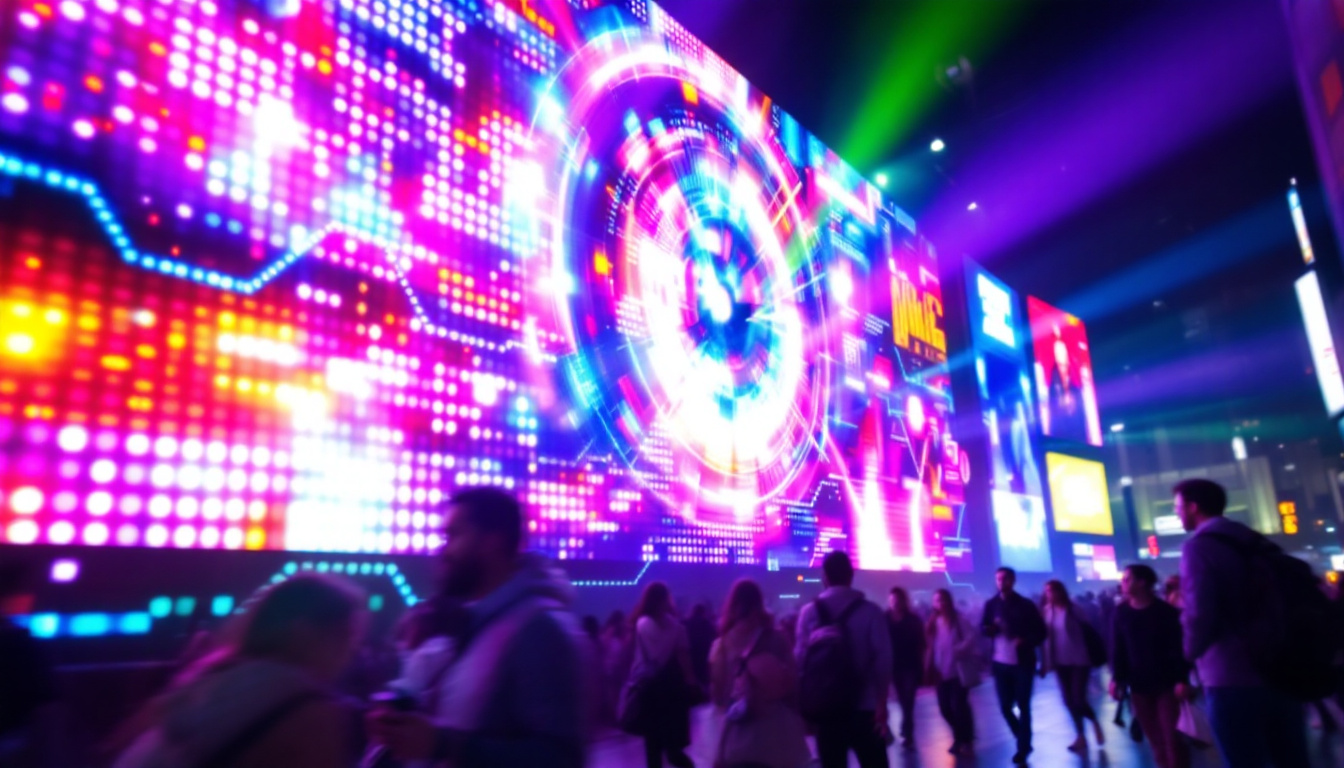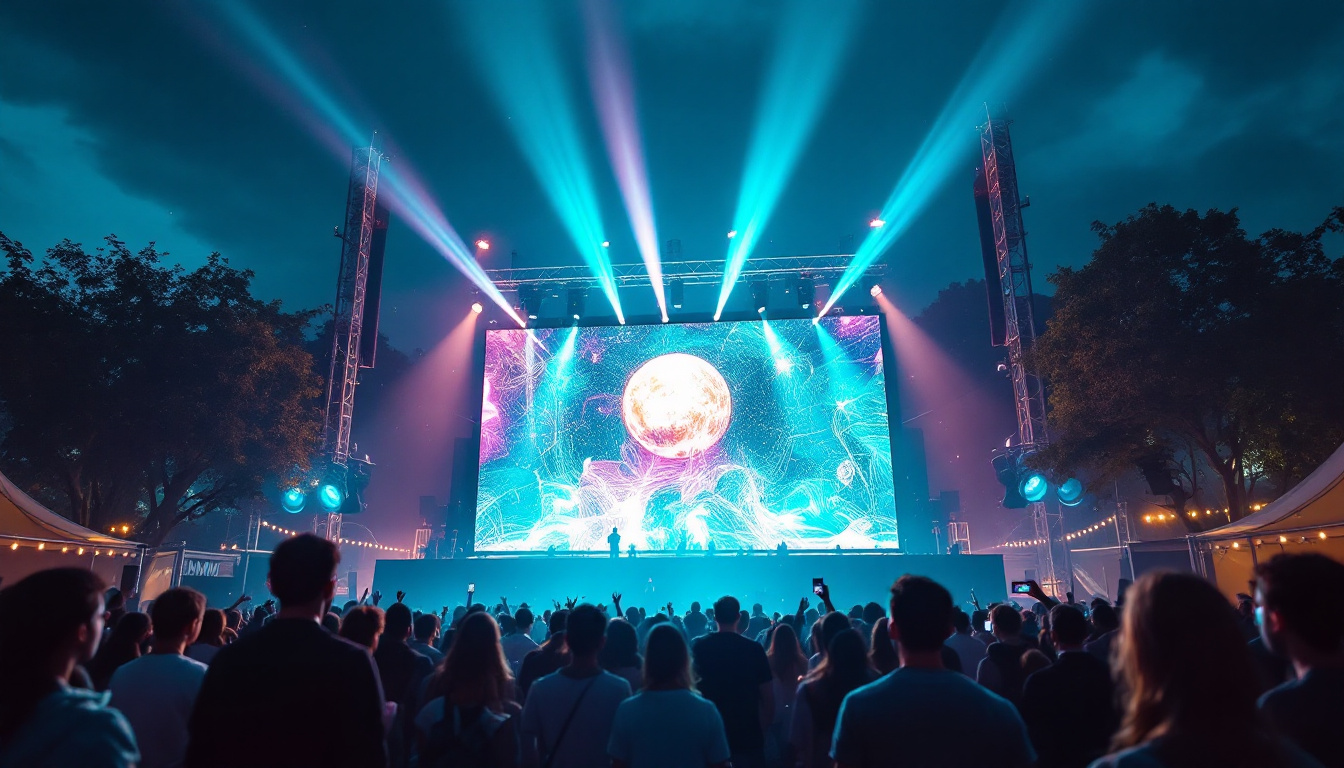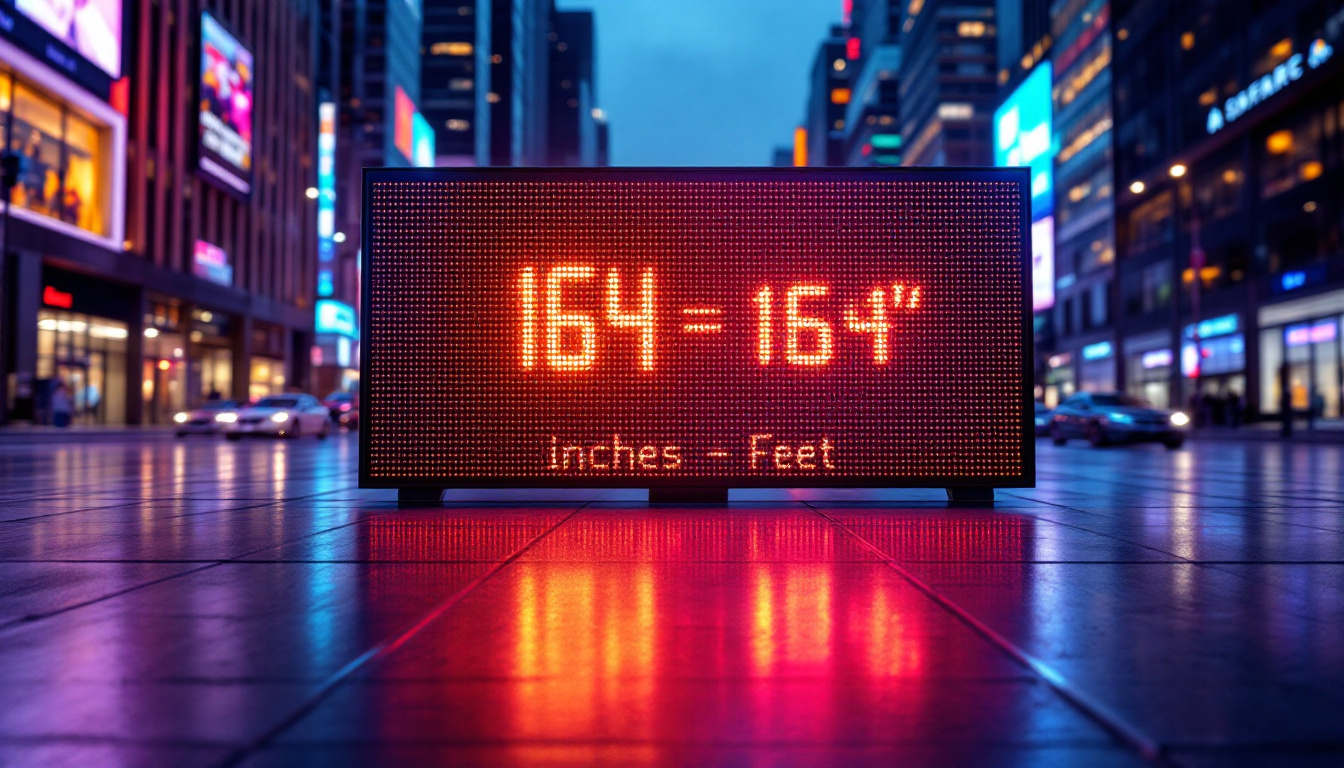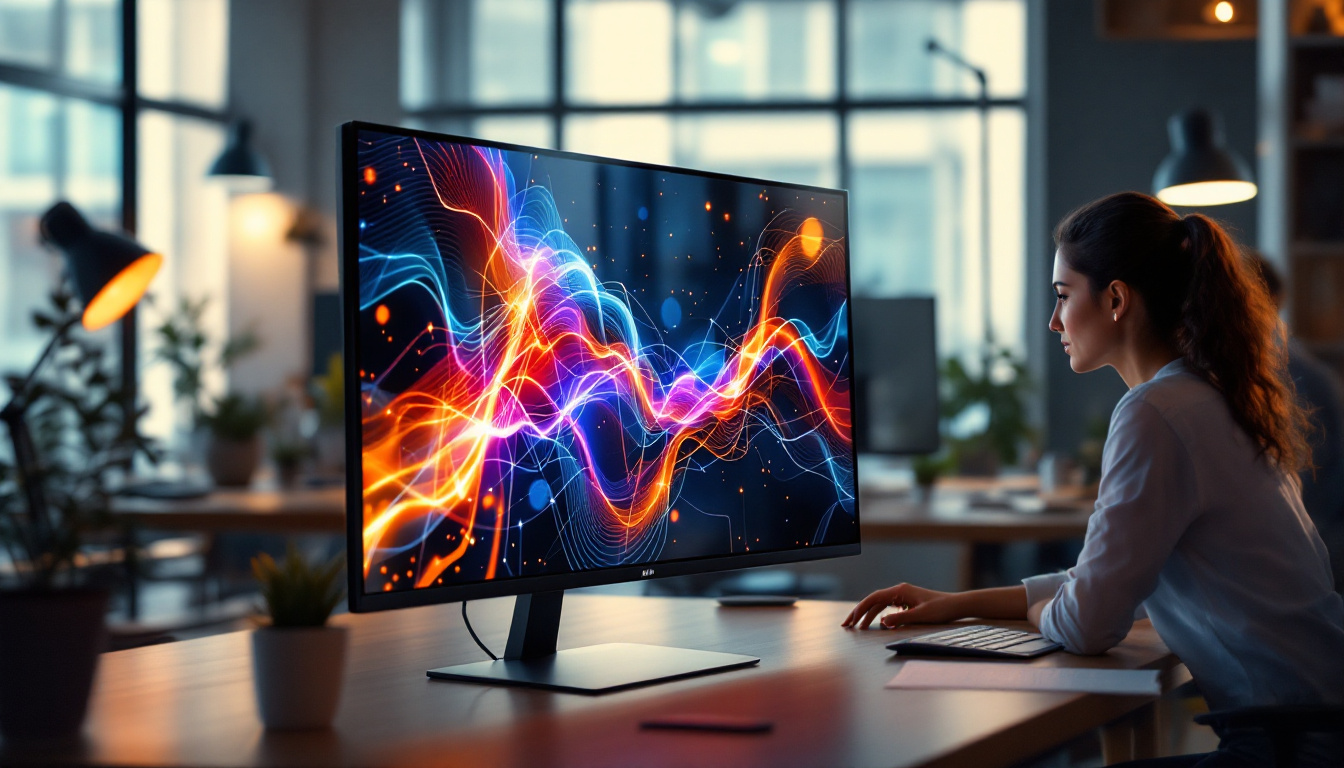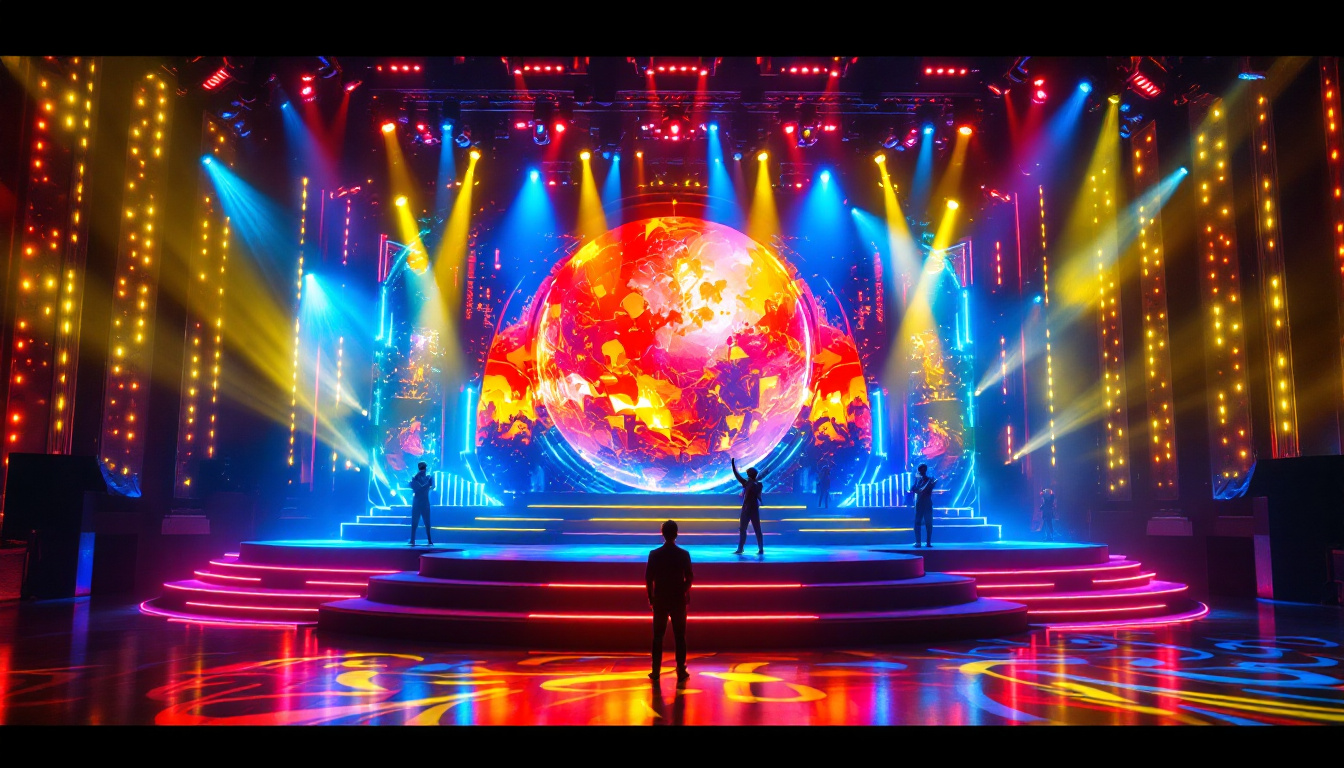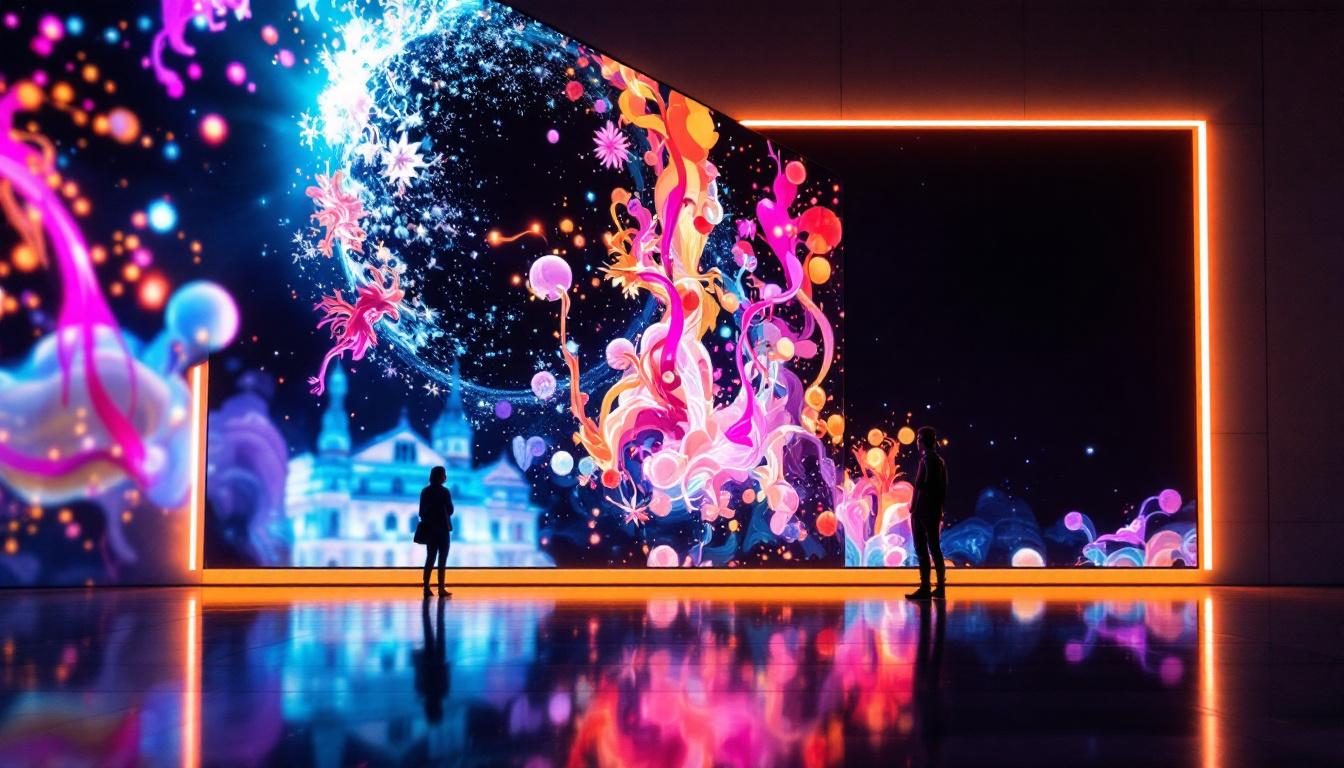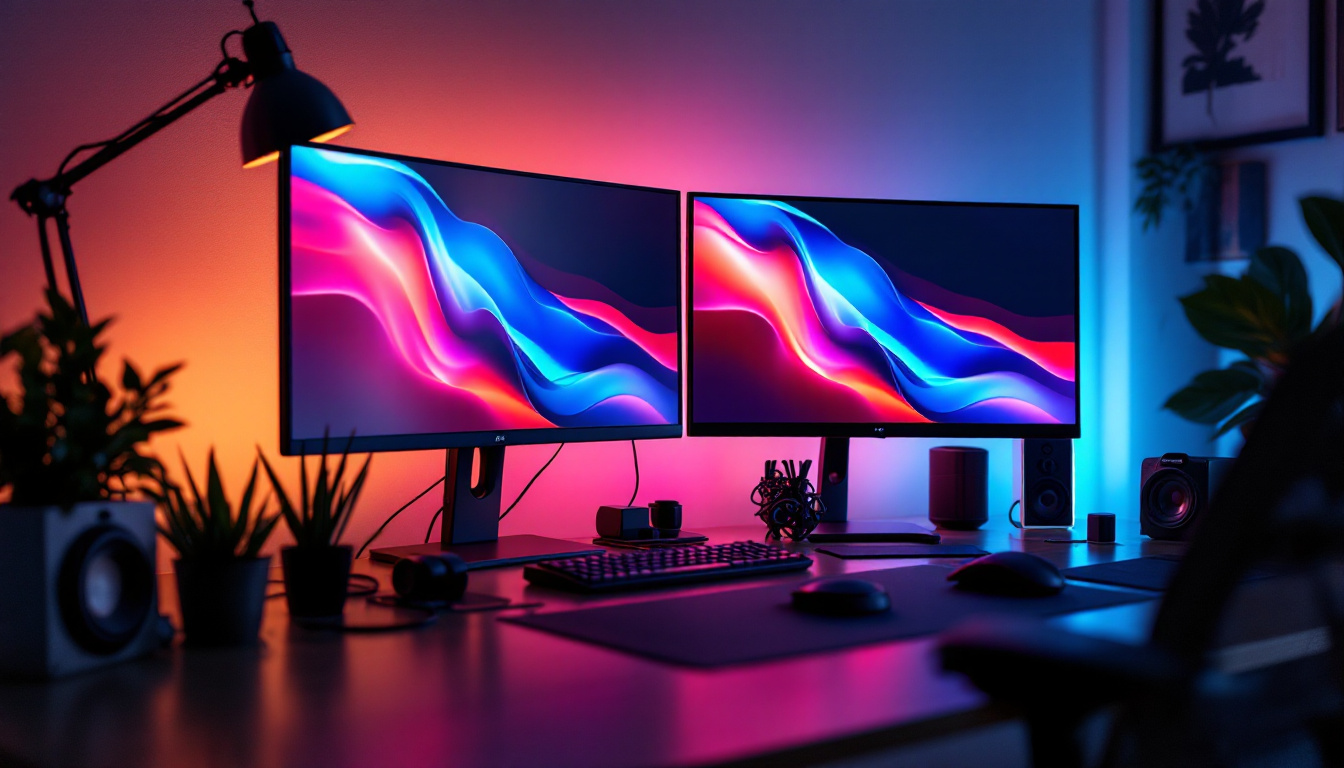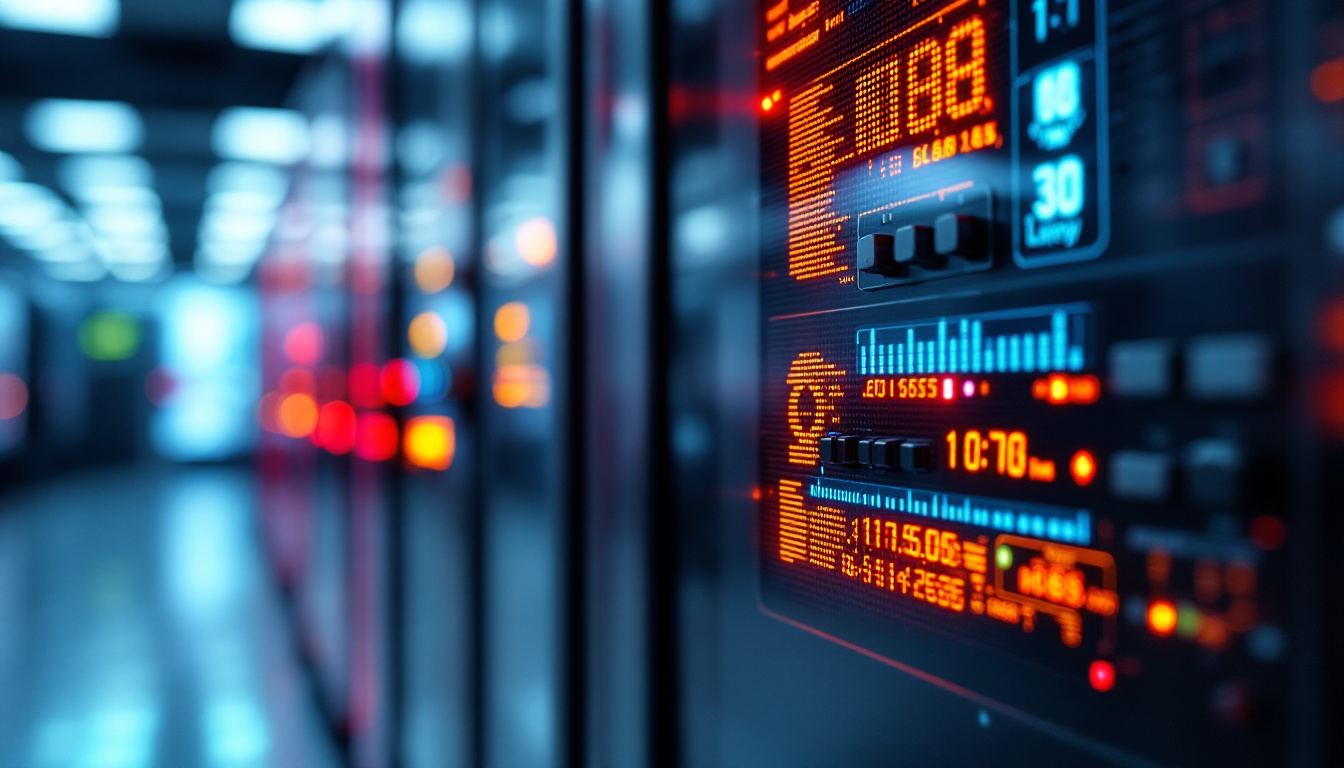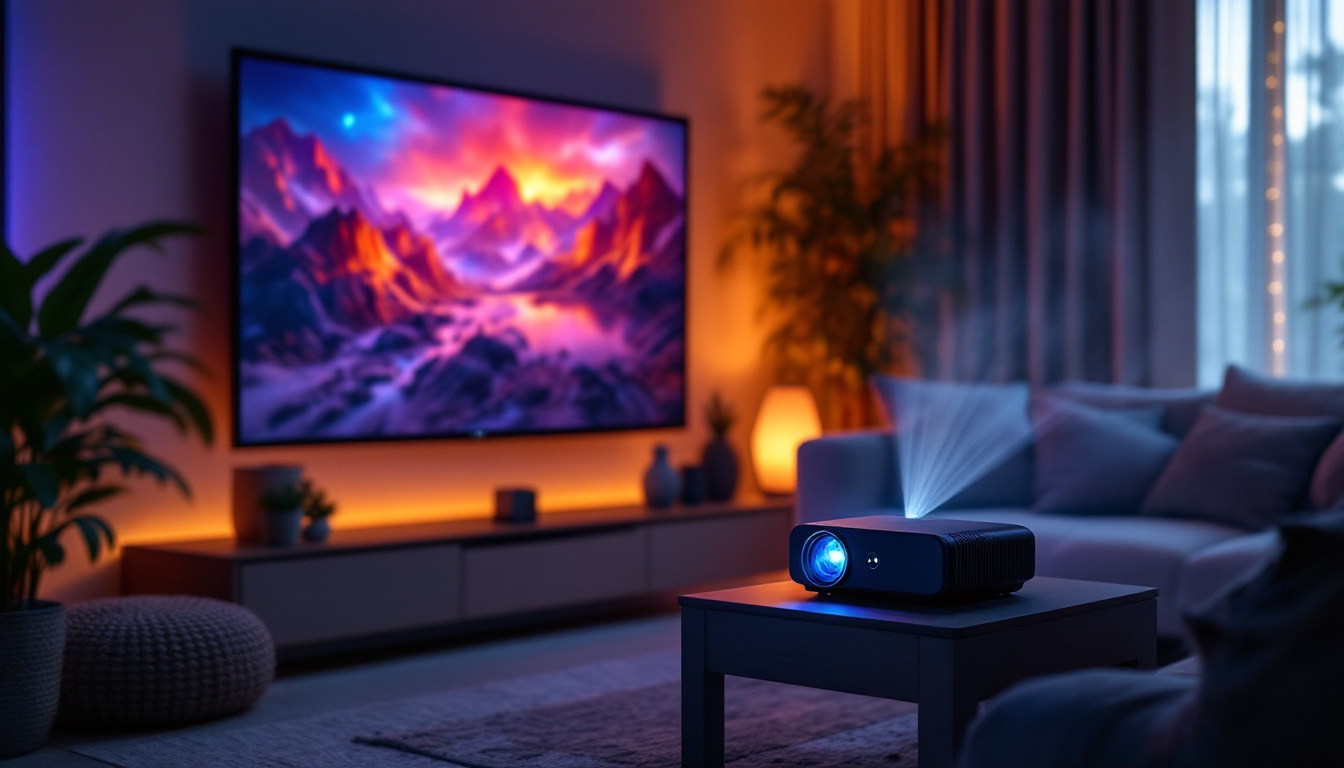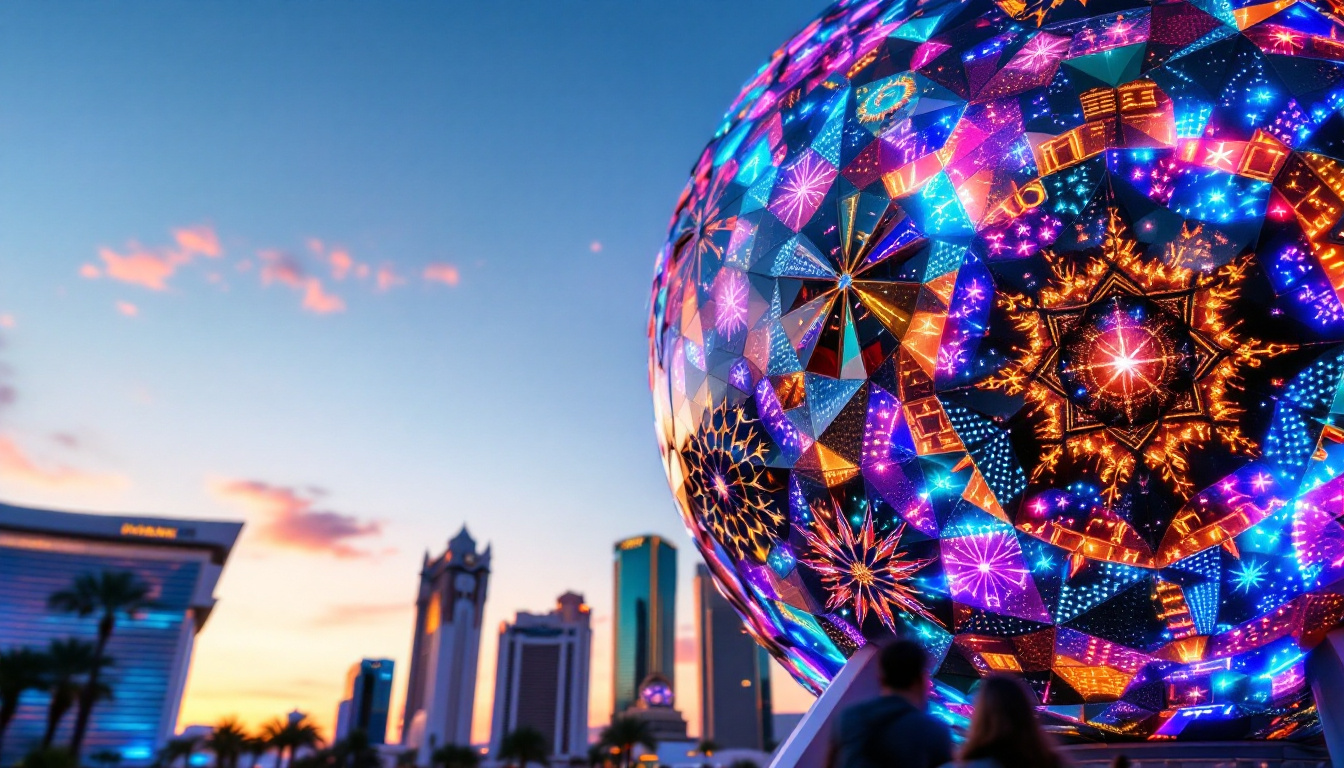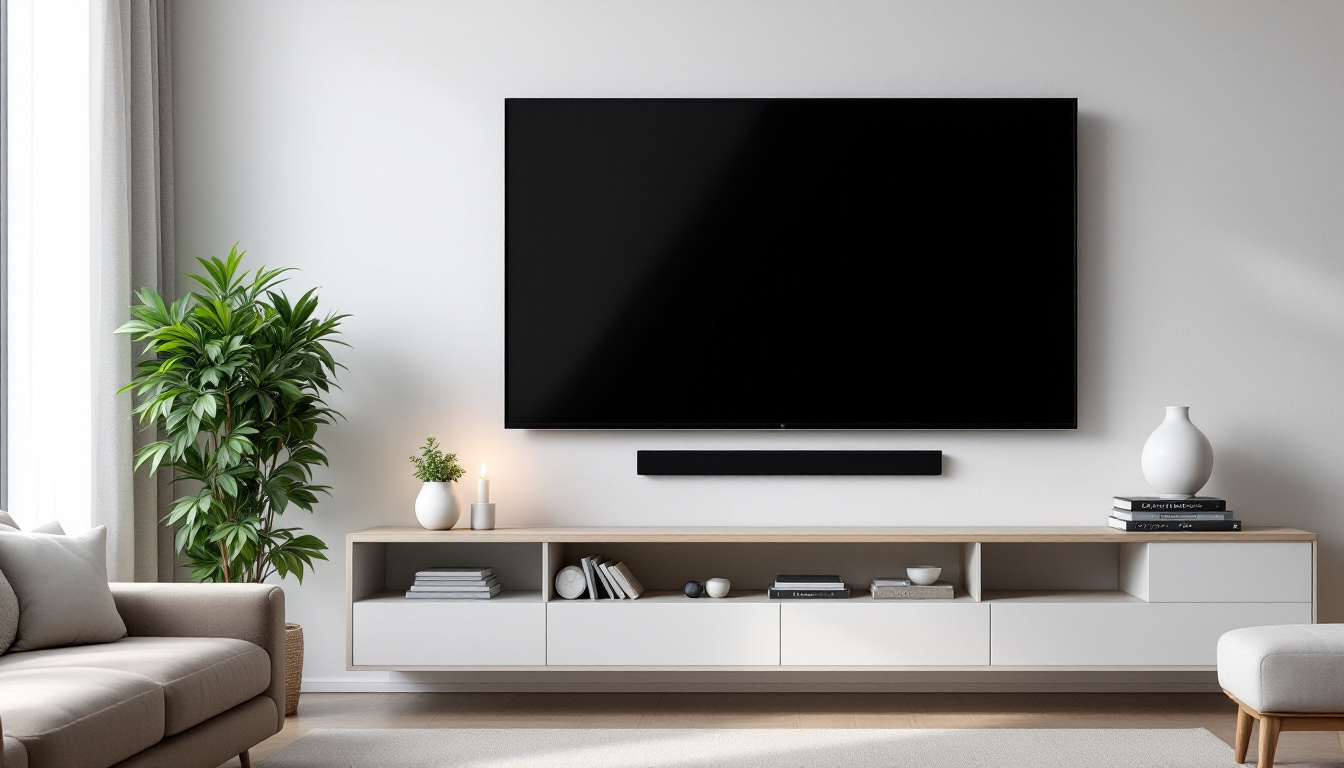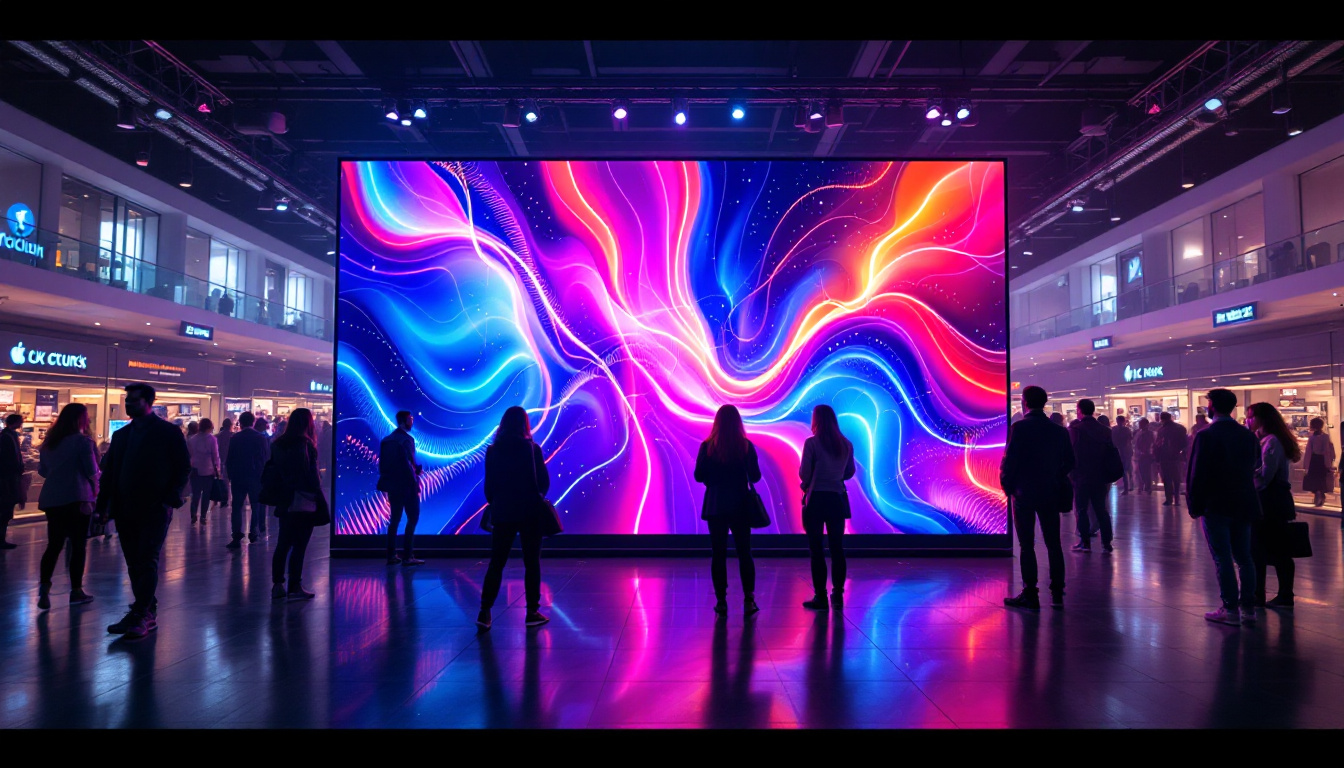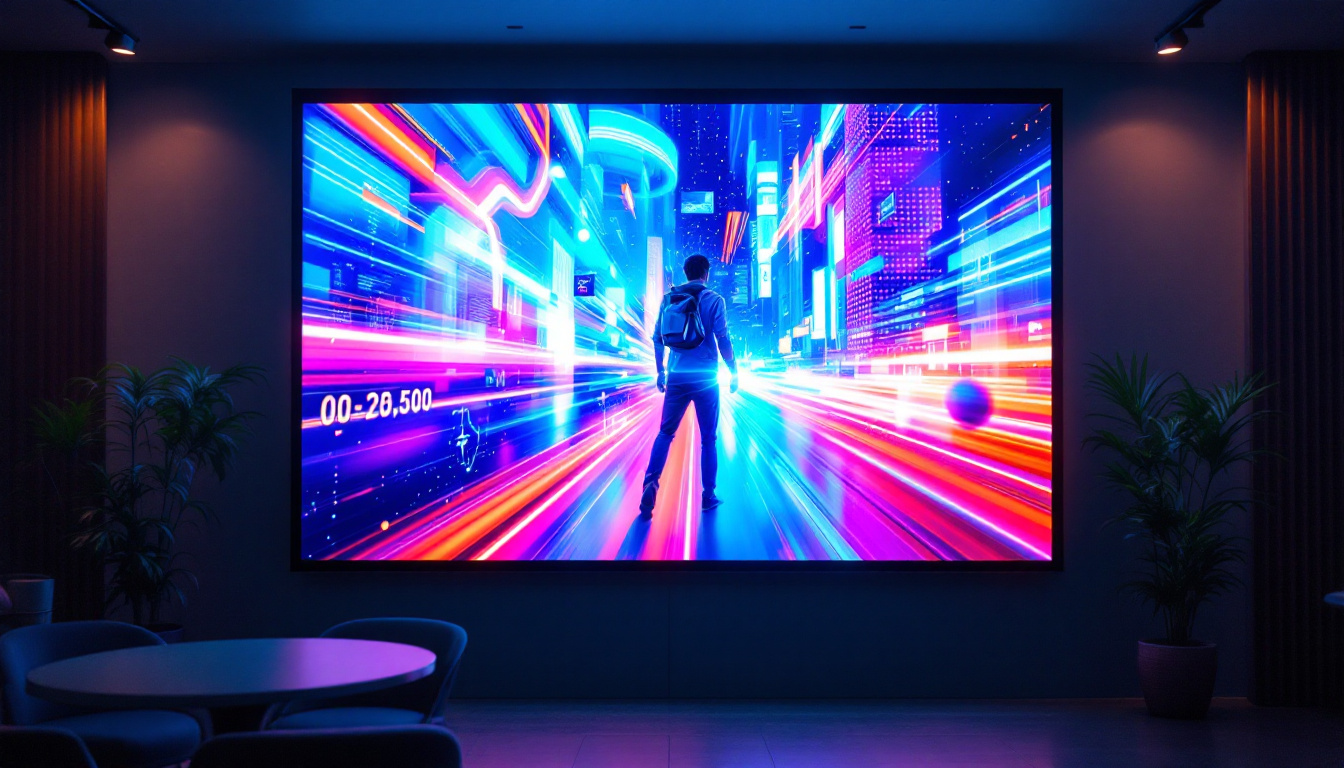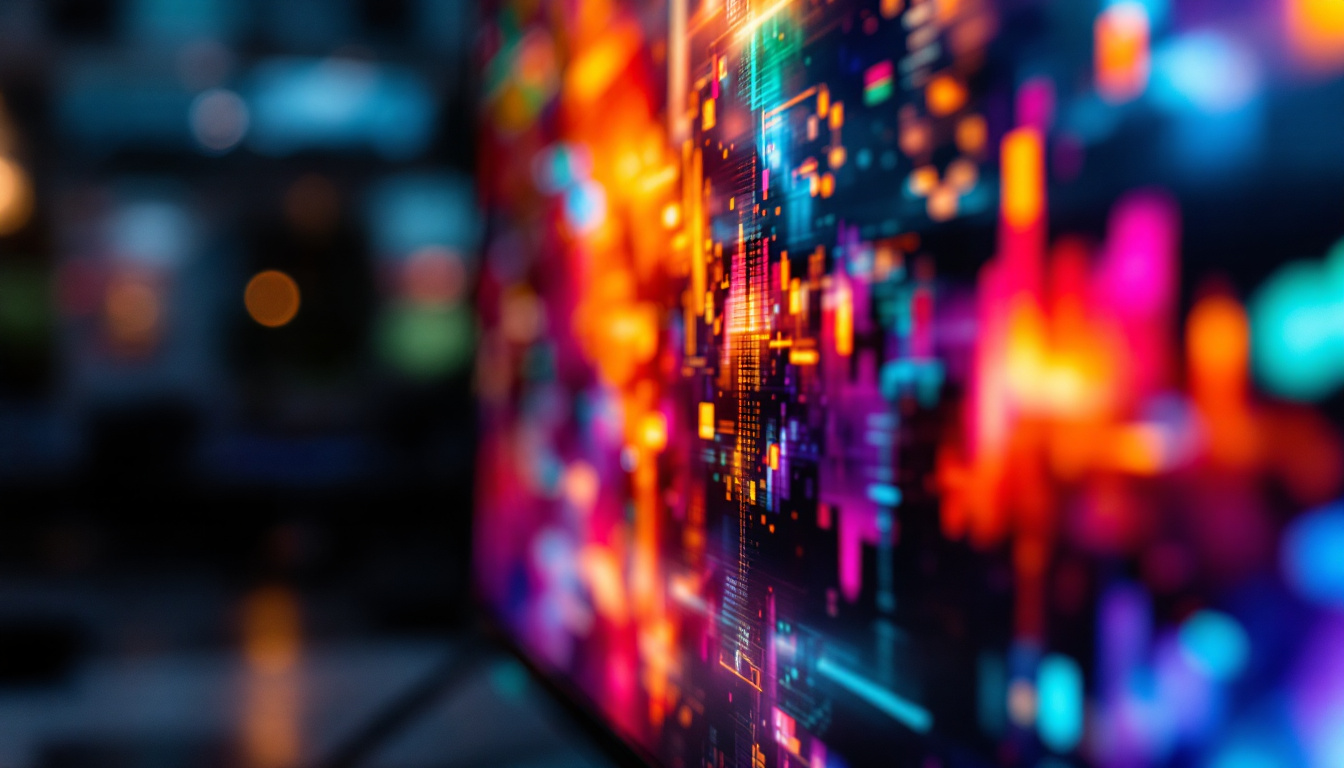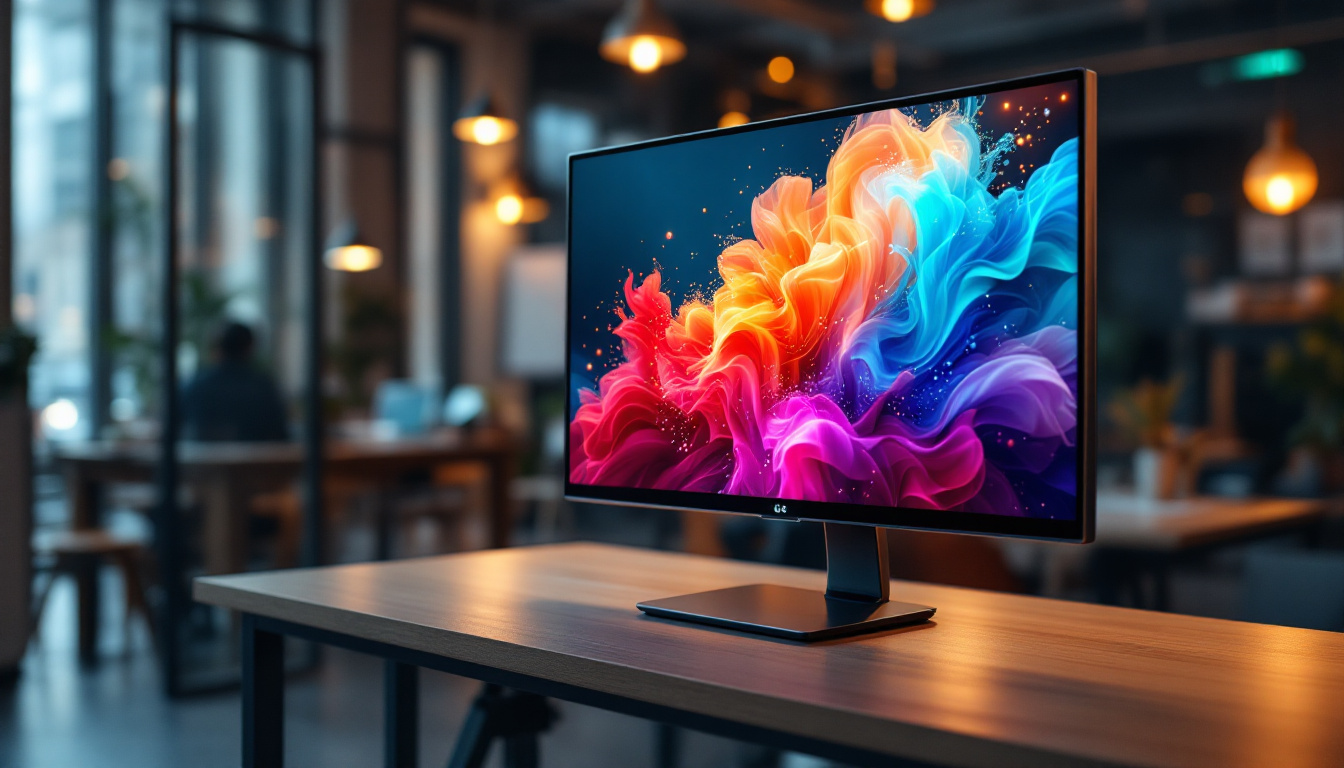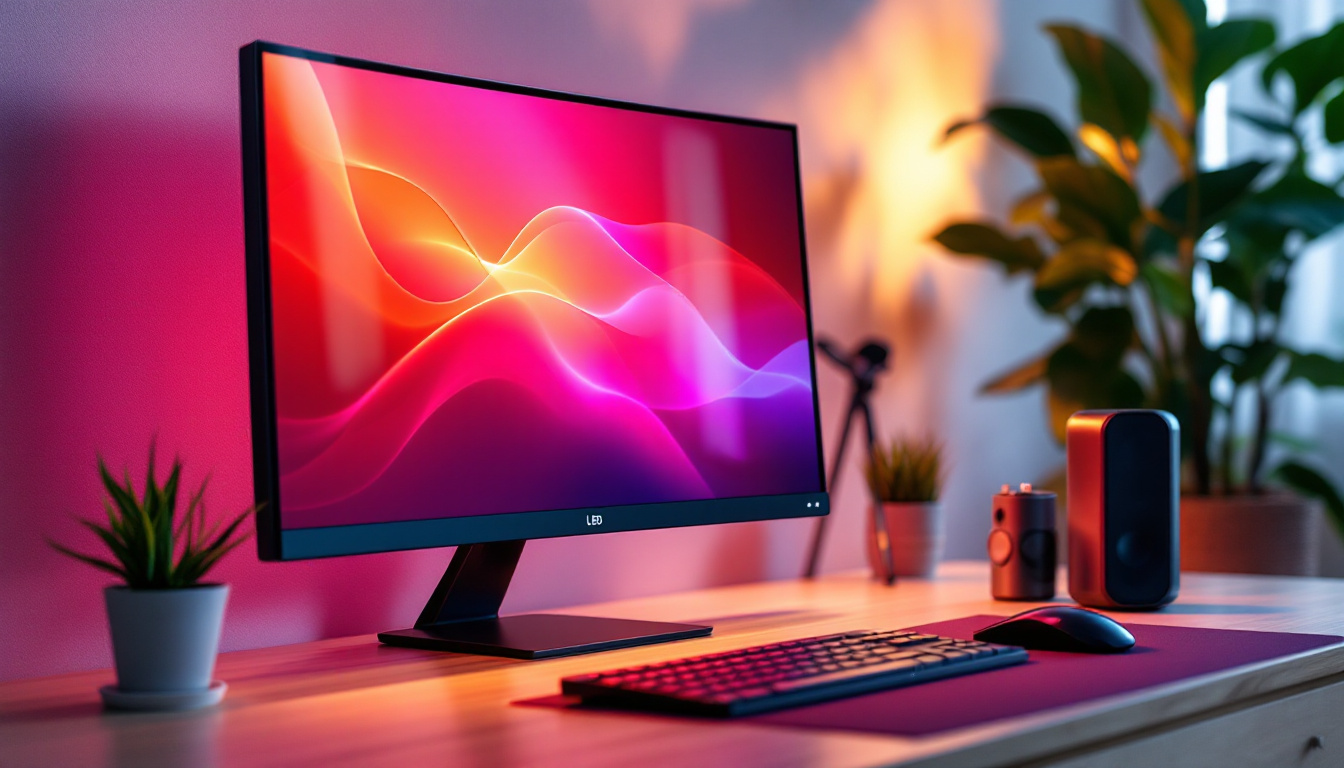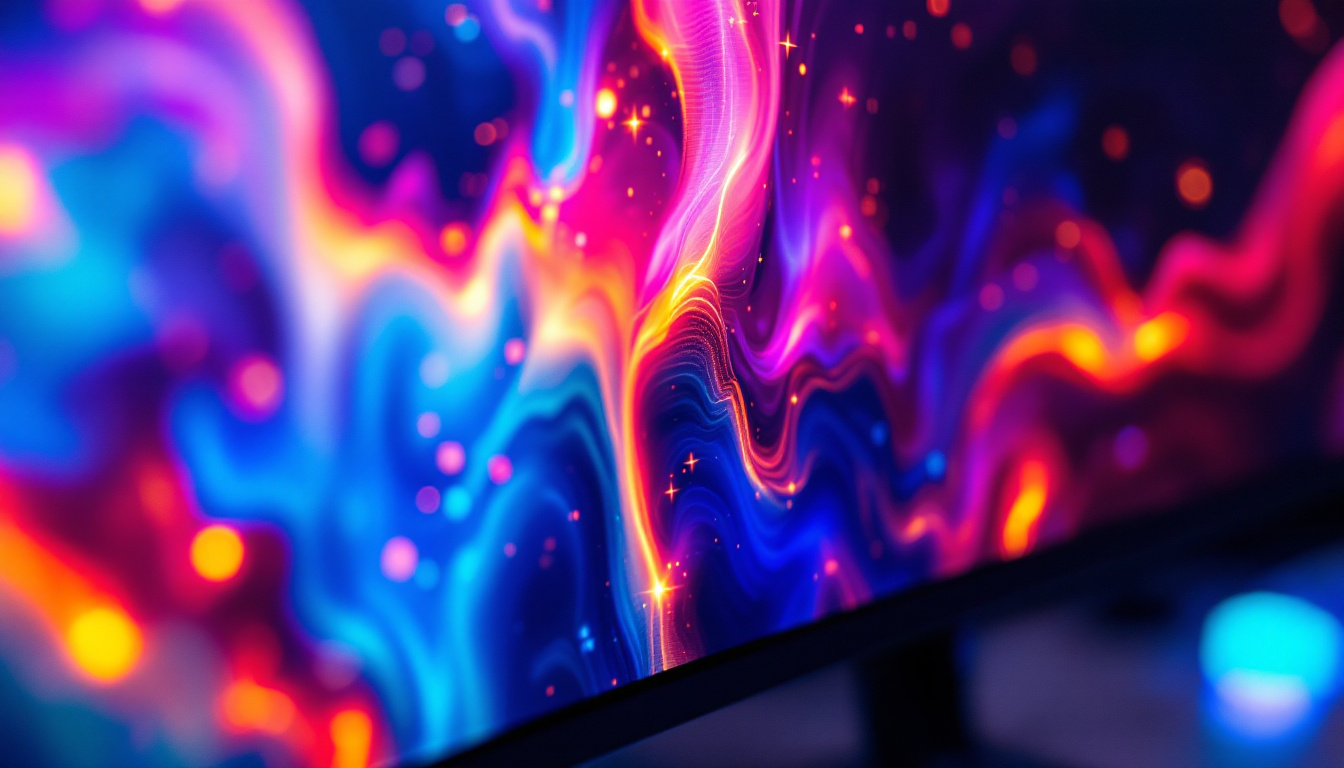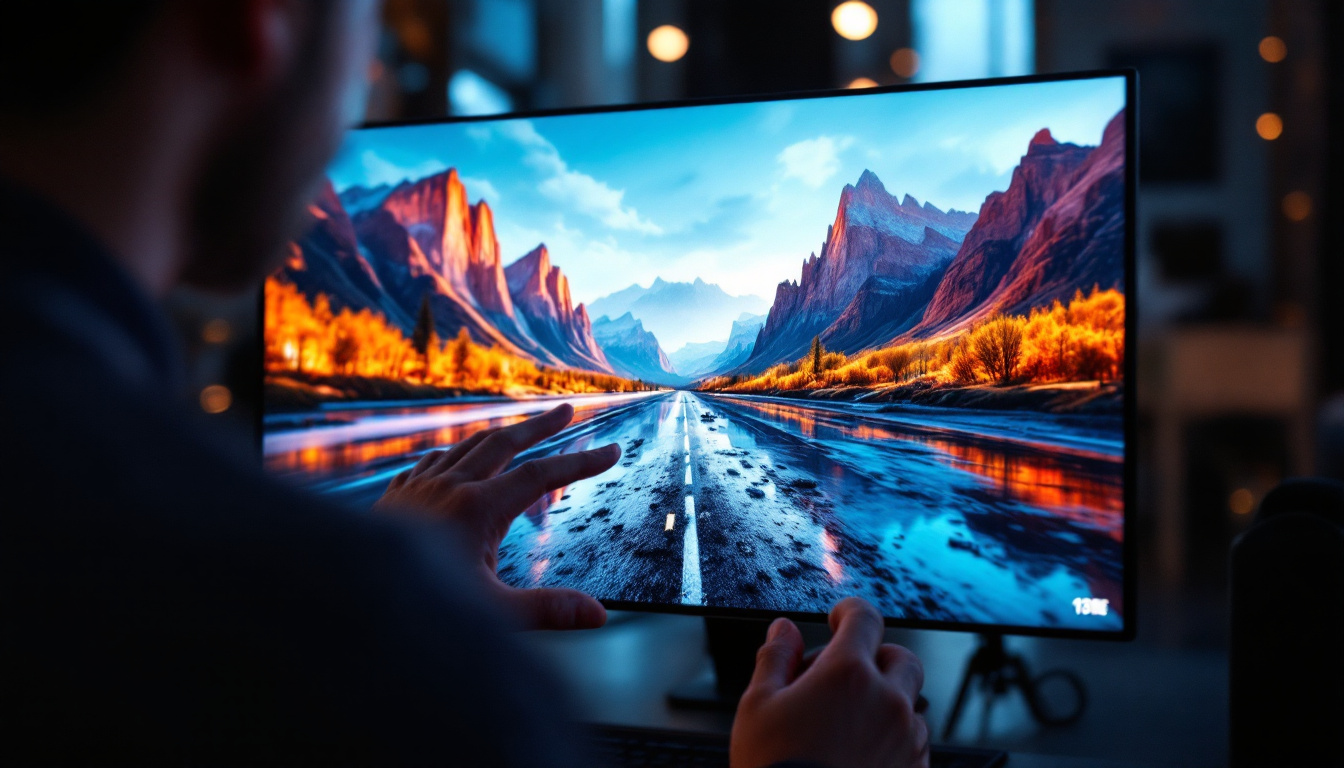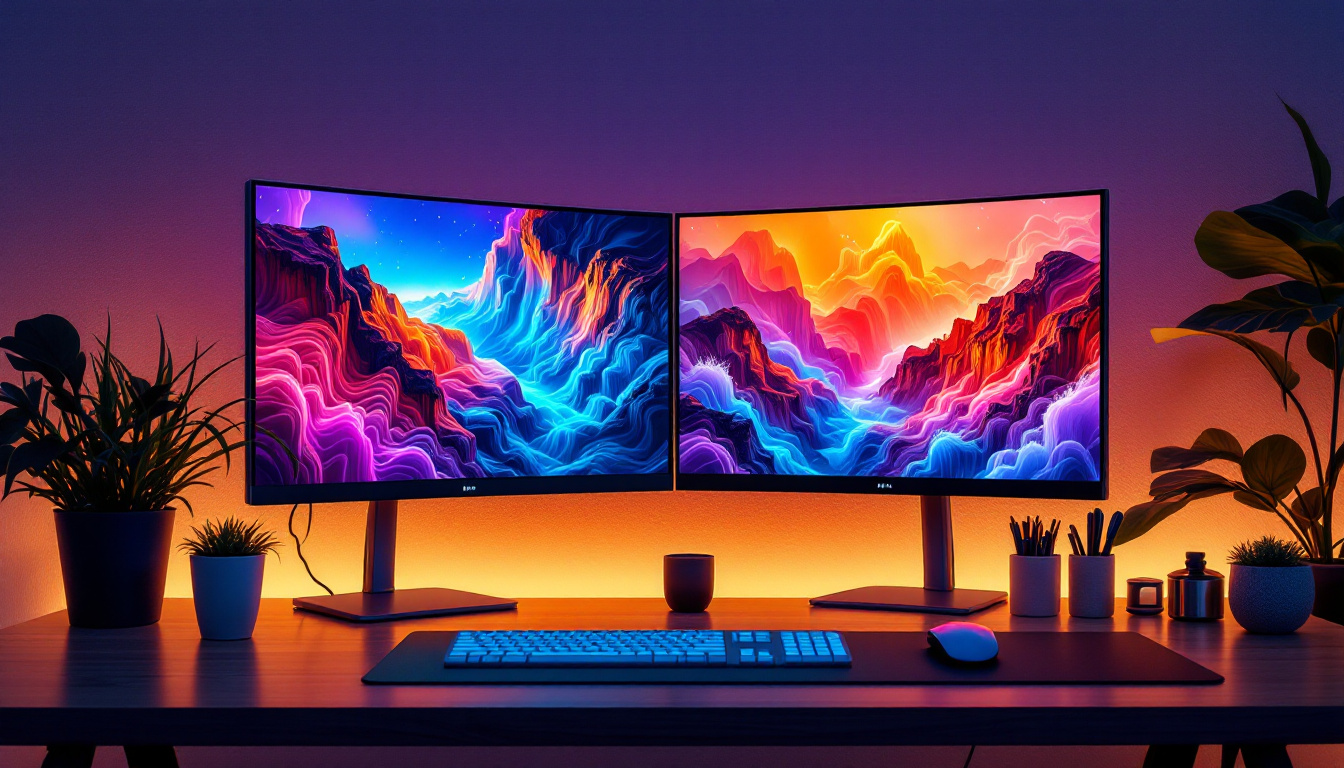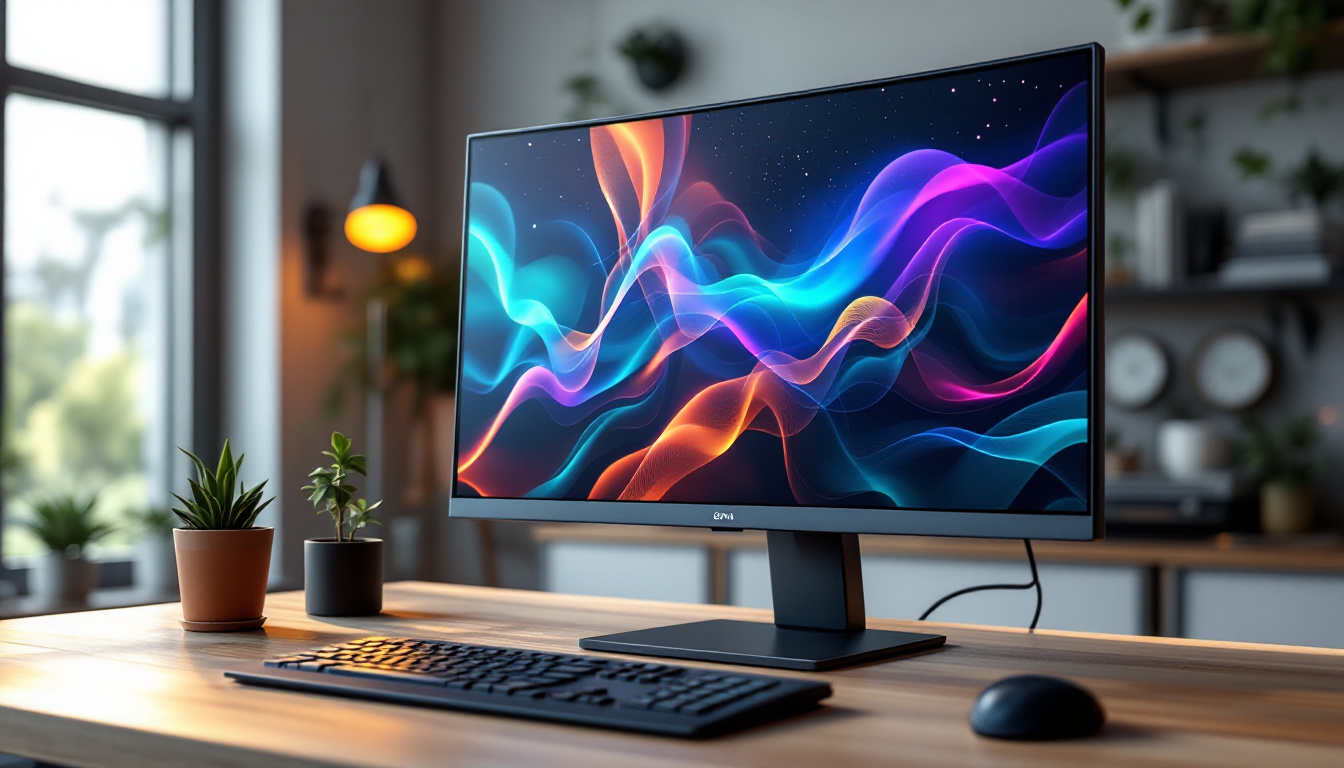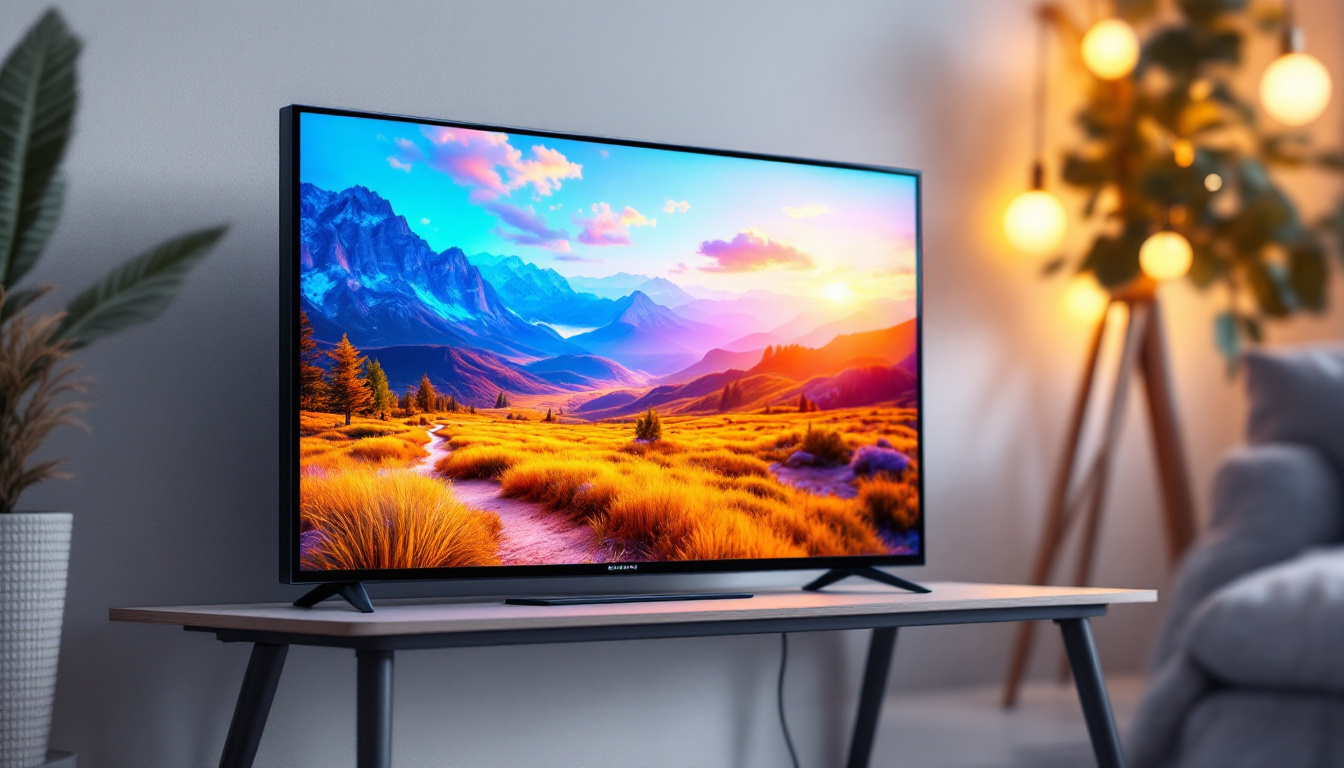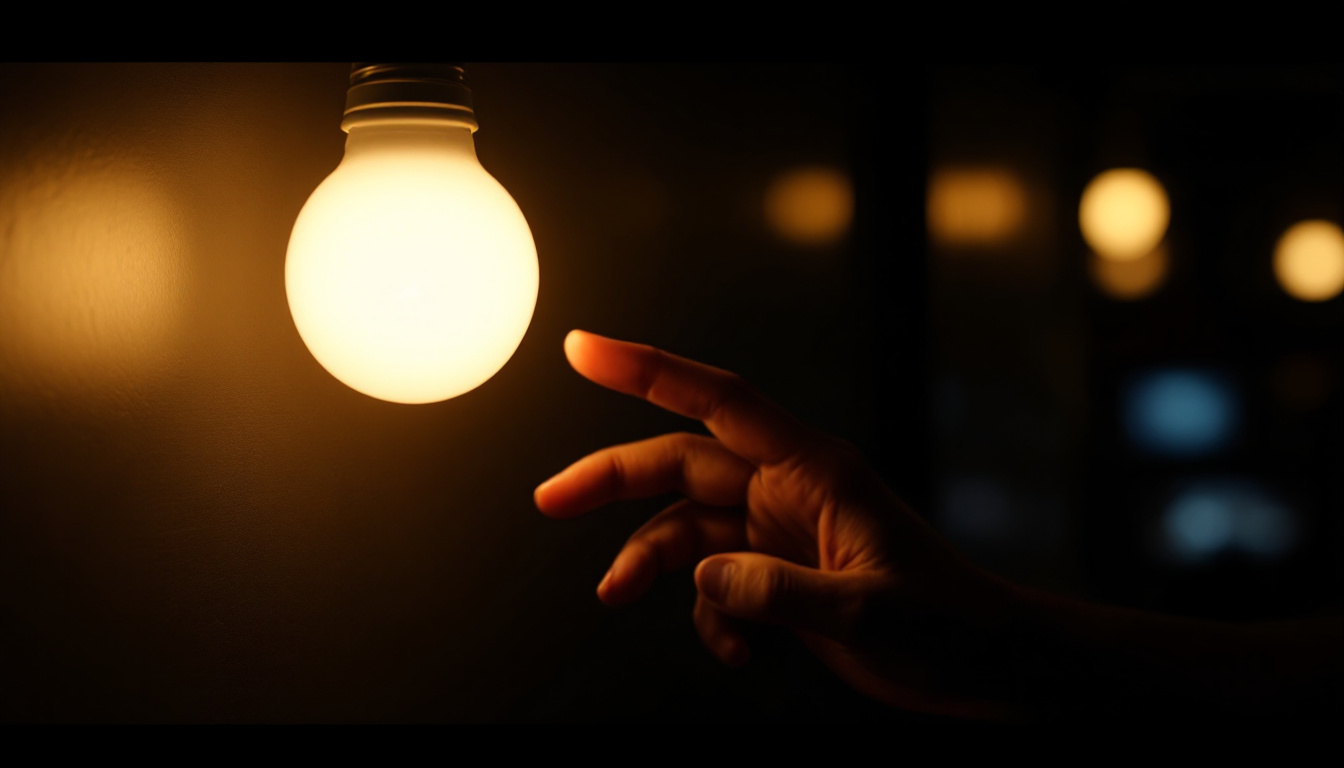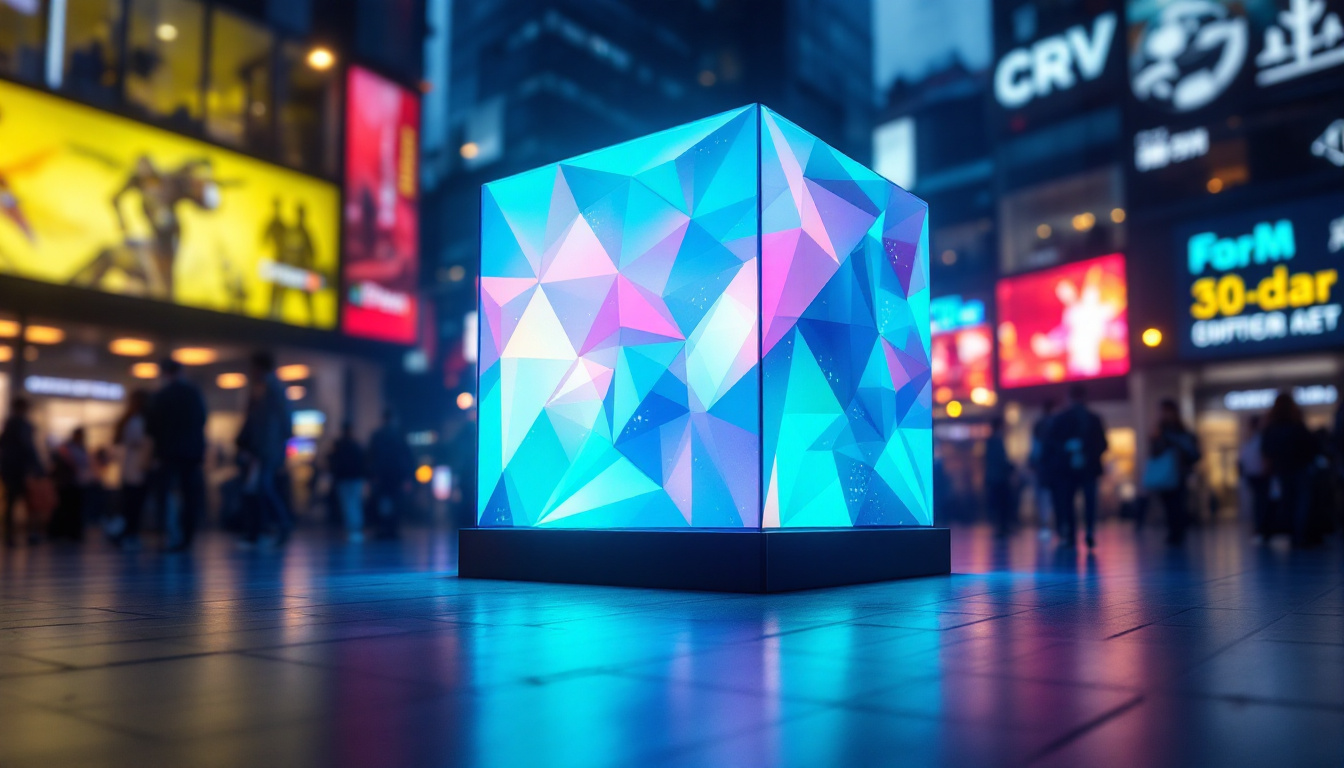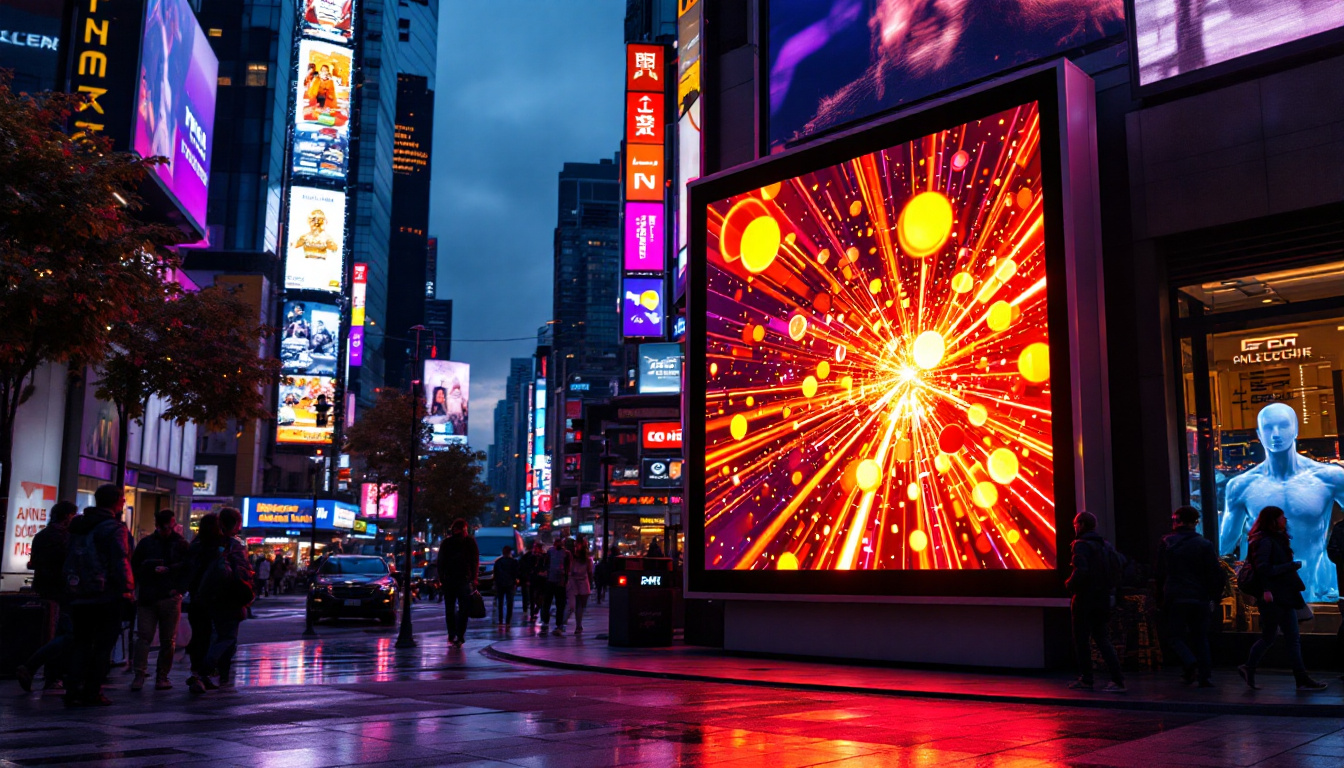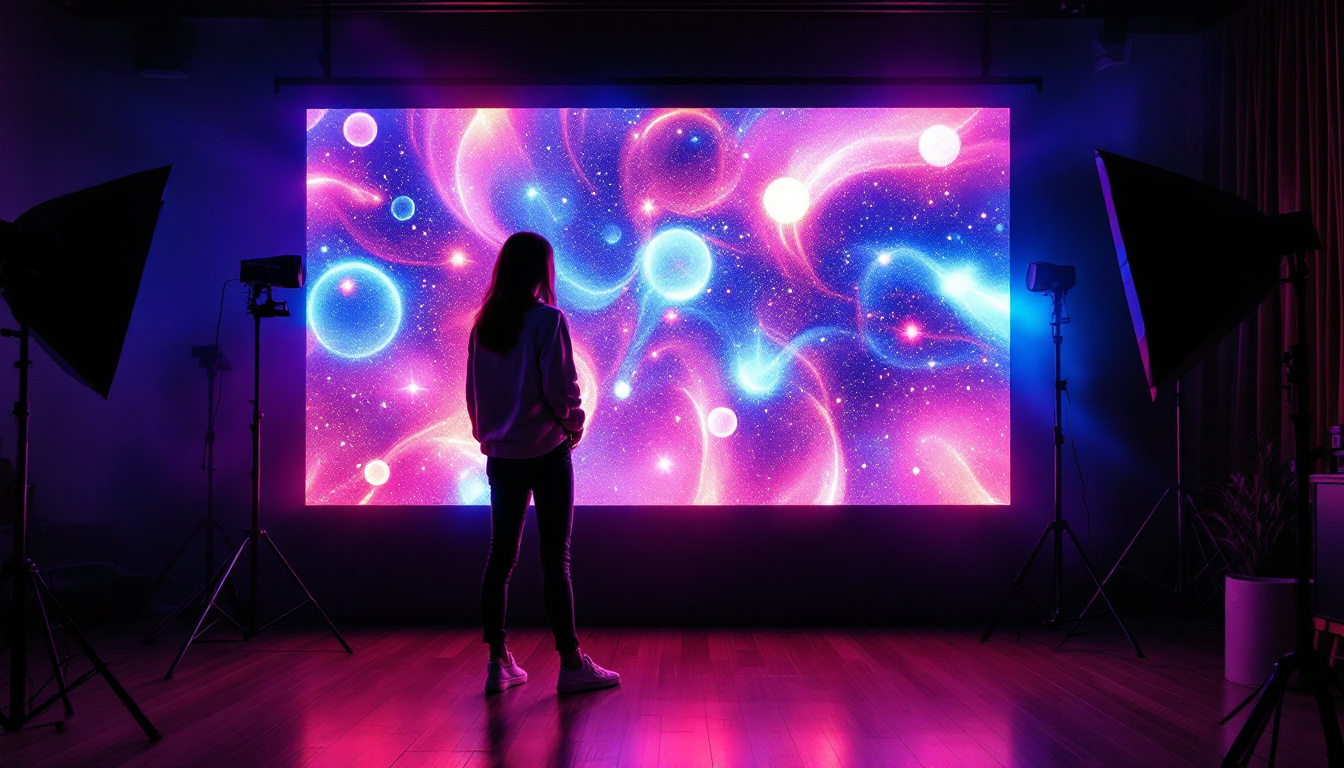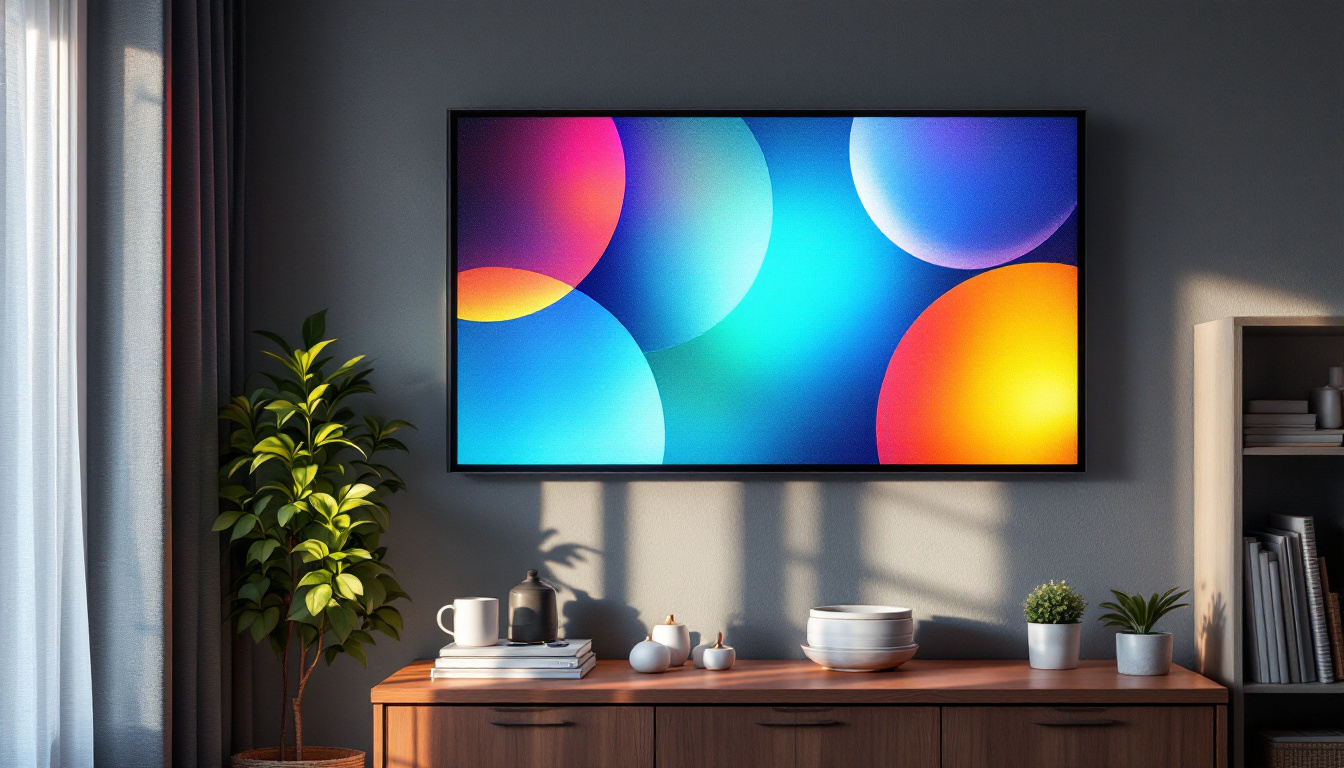In the ever-evolving world of display technology, LED displays have emerged as a revolutionary solution, transforming how visual content is presented. Among the various types of LED displays, light film screens stand out due to their unique properties and applications. This article delves into the intricacies of light film screens, exploring their technology, benefits, and potential uses in various industries.
Understanding LED Technology
Light Emitting Diodes (LEDs) are semiconductor devices that emit light when an electric current passes through them. This technology has become the backbone of modern display systems, offering numerous advantages over traditional display methods. LEDs are not only energy-efficient but also have a longer lifespan, making them a cost-effective choice for both consumers and businesses alike. Their compact size allows for versatile applications, from tiny indicator lights to massive outdoor screens, showcasing their adaptability in various environments.
The Basics of LED Operation
At its core, an LED consists of a chip made from a combination of materials, typically gallium, arsenide, or phosphorous. When electricity flows through the chip, electrons recombine with holes within the material, releasing energy in the form of photons. This process is known as electroluminescence, and it is what allows LEDs to produce light efficiently. The color of the emitted light depends on the energy band gap of the semiconductor material used, which means that different materials can create different colors, ranging from warm reds to cool blues.
LEDs can be combined in various configurations to create displays of different sizes and resolutions. The arrangement of these diodes determines the overall quality of the image produced, including brightness, color accuracy, and viewing angles. Additionally, advancements in technology have led to the development of dimming capabilities, allowing for dynamic adjustments in brightness that enhance the viewing experience in varying lighting conditions. This adaptability makes LEDs particularly appealing for both indoor and outdoor applications, where lighting conditions can fluctuate dramatically.
Types of LED Displays
LED displays can be categorized into several types, including:
- Direct View LED: These displays consist of individual LED modules that are arranged closely together to form a larger screen. They are commonly used for billboards and large-scale advertising, where visibility from a distance is crucial. The modular nature of direct view LEDs allows for easy repairs and replacements, making them a practical choice for high-traffic areas.
- LED Backlit LCD: In this setup, an LCD panel is illuminated by LEDs from behind, enhancing brightness and color contrast. This combination allows for thinner screens and improved energy efficiency compared to traditional fluorescent backlighting, making them ideal for televisions and computer monitors.
- MicroLED: This emerging technology uses microscopic LEDs to create displays with exceptional resolution and color accuracy, suitable for high-end applications. MicroLEDs promise to deliver better performance than OLEDs, including higher brightness levels and improved longevity, which could revolutionize the way we experience visual media.
In addition to these types, there are also specialized LED displays, such as transparent LEDs, which allow for innovative advertising solutions while maintaining visibility through the screen. These displays are increasingly being used in retail environments and architectural applications, providing a modern aesthetic without obstructing views. Furthermore, advancements in flexible LED technology are paving the way for curved and bendable screens, expanding the possibilities for design and functionality in consumer electronics.
What is a Light Film Screen?
A light film screen is a specific type of LED display that utilizes a thin, flexible film embedded with micro-LEDs. This innovative design allows for a lightweight and versatile display solution that can be easily integrated into various environments.
Key Features of Light Film Screens
Light film screens are characterized by several unique features:
- Flexibility: The thin film design allows these screens to be bent or shaped to fit unconventional spaces, making them ideal for creative installations.
- Transparency: Some light film screens are designed to be partially transparent, allowing for unique visual effects and integration into architectural designs.
- Lightweight: The reduced weight of these screens simplifies installation and reduces structural support requirements.
How Light Film Screens Work
The operation of light film screens is similar to traditional LED displays, but with added complexity due to their flexible nature. Each micro-LED on the film can be individually controlled, allowing for precise image rendering and dynamic content display.
This capability enables light film screens to showcase vibrant colors and high contrast ratios, making them suitable for various applications, from advertising to art installations. Additionally, their thin profile allows for seamless integration into existing structures without compromising aesthetics.
Applications of Light Film Screens
The versatility of light film screens opens up a wide range of potential applications across different industries. Some notable uses include:
Advertising and Retail
In the advertising sector, light film screens provide an innovative way to capture attention. Retailers can use these displays to create immersive shopping experiences, showcasing products in a visually striking manner. Their flexibility allows for creative installations, such as curved displays or interactive storefronts, which can significantly enhance customer engagement.
Architectural Integration
Light film screens can be seamlessly integrated into architectural designs, allowing for dynamic facades that can change appearance based on the content displayed. This capability is particularly appealing for modern buildings, where aesthetics and technology converge. By incorporating light film screens, architects can create stunning visual statements that attract attention and enhance the overall design.
Event and Entertainment
In the entertainment industry, light film screens are increasingly used for concerts, exhibitions, and live events. Their lightweight and flexible nature makes them easy to transport and set up, while their ability to display high-quality visuals ensures an engaging experience for audiences. From stage backdrops to interactive installations, the possibilities are virtually limitless.
Benefits of Light Film Screens
The adoption of light film screens comes with several advantages that make them an attractive option for various applications. These benefits include:
Energy Efficiency
One of the most significant advantages of LED technology, including light film screens, is energy efficiency. Compared to traditional display technologies, LED displays consume significantly less power, which can lead to lower operational costs over time. This efficiency is particularly beneficial for businesses looking to reduce their energy footprint while maintaining high-quality visuals.
Durability and Longevity
Light film screens are designed to withstand various environmental conditions, making them suitable for both indoor and outdoor use. The robust nature of LED technology ensures that these displays have a long lifespan, often exceeding 50,000 hours of operation. This durability translates into reduced maintenance costs and less frequent replacements, making them a cost-effective investment.
High Image Quality
With advancements in LED technology, light film screens are capable of delivering exceptional image quality. They offer high brightness levels, vibrant colors, and excellent contrast ratios, ensuring that content is displayed clearly and attractively. This high image quality is crucial for applications where visual impact is paramount, such as advertising and entertainment.
Challenges and Considerations
While light film screens offer numerous benefits, there are also challenges and considerations to keep in mind when implementing this technology.
Cost Factors
The initial investment for light film screens can be higher than traditional display solutions. However, it is essential to weigh this cost against the long-term benefits, such as energy savings and reduced maintenance. For many businesses, the enhanced visual impact and customer engagement can justify the upfront expense.
Installation and Integration
Due to their unique design, light film screens may require specialized installation techniques. This can involve working with professionals who have experience in integrating these displays into existing structures. Proper installation is crucial to ensure optimal performance and longevity.
Content Management
Managing content for light film screens can also present challenges. Businesses need to develop a strategy for creating and updating content regularly to keep it fresh and engaging. This may involve investing in content management systems or collaborating with creative teams to produce high-quality visuals.
The Future of Light Film Screens
As technology continues to advance, the future of light film screens looks promising. Innovations in micro-LED technology, materials science, and display integration are likely to enhance the capabilities of these displays further.
Emerging Trends
Several trends are shaping the future landscape of light film screens:
- Increased Transparency: As manufacturers develop more transparent light film screens, the potential for creative applications in architecture and design will expand, allowing for even more innovative visual experiences.
- Smart Integration: The integration of smart technology will enable light film screens to interact with users in real time, creating personalized experiences that adapt to viewer preferences.
- Environmental Considerations: As sustainability becomes a priority, manufacturers may focus on developing eco-friendly materials and production processes for light film screens, further enhancing their appeal.
Conclusion
Light film screens represent a significant advancement in display technology, offering a unique blend of flexibility, energy efficiency, and high image quality. Their diverse applications across advertising, architecture, and entertainment highlight their versatility and potential to transform visual experiences.
As the technology continues to evolve, businesses and industries can look forward to a future where light film screens play an integral role in shaping how content is presented and experienced. By embracing this innovative technology, organizations can enhance their visual communication strategies and engage audiences in new and exciting ways.
Discover LumenMatrix LED Display Solutions
Ready to elevate your visual experience with the latest in LED technology? Explore LumenMatrix’s comprehensive range of LED display solutions, from vibrant Indoor and Outdoor LED Wall Displays to innovative Vehicle and Sports LED Displays. Whether you’re looking to create an immersive retail environment with our LED Poster and Floor Displays or seeking a Custom or All-in-One LED Display solution, LumenMatrix is your partner in revolutionizing visual communication. Check out LumenMatrix LED Display Solutions today and see how we can help you captivate your audience and amplify your message with unparalleled clarity and impact.

